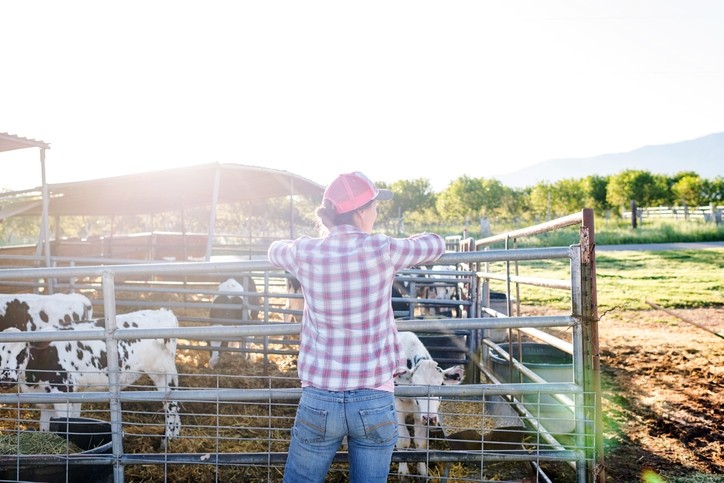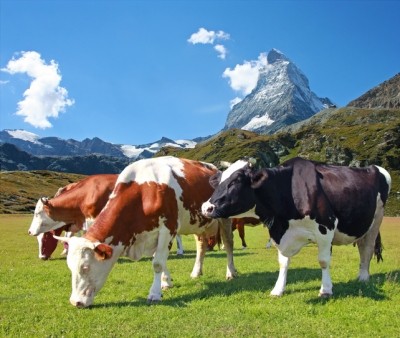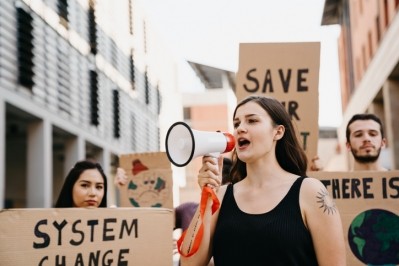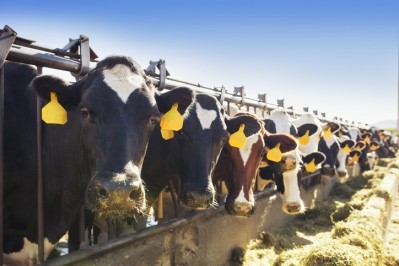Nestlé milk supplier to cut methane emissions with feed additives

Kickstarted by a $1.5m injection from Nestlé, Trinkler Dairy Farms is embarking on a program of investment in new technologies, with the target of achieving an on-farm greenhouse gas reduction of 30% by 2023.
Its first step will be to install a biodigester system for processing manure into fertilizer.
Explaining how this system will help reduce the farm’s environmental impact, Emily Johannes, senior manager for sustainable sourcing at Nestlé, told FeedNavigator:
“Manure is put into the anaerobic digester where microbes break it down into biogas and digestate (liquid effluent from the digester). The biogas can be used for renewable energy production such as electricity or renewable natural gas.”
In addition, she said the digestate can then be processed utilizing advanced nutrient recovery technology, further reducing the greenhouse gas-producing potential of the remaining effluent as well as reclaiming renewable nutrients that can be used for farming.
In the second phase of the program, Trinkler will use feed additives to reduce the quantity of methane that is released when cows burp.
Johannes declined to disclose precisely what food additives will be deployed and how they will work to reduce methane production, saying: “We aim to begin this work later this year and can share more detail at that time.”
Trinkler Dairy Farms supplies milk to Nestlé’s Carnation facility in California. It is the first partner farm to pursue a carbon-neutral pilot as part of the US dairy industry’s Net Zero Initiative.
“Nestlé and the Innovation Center for US Dairy will collaborate with Trinkler Dairy Farm over the course of the five-year pilot to assess strategies and resources needed for further reducing emissions. Learnings from this pilot will be shared broadly with the dairy community, with the goal of increasing the accessibility of successful technologies and practices to farms across the country,” said Johannes.








